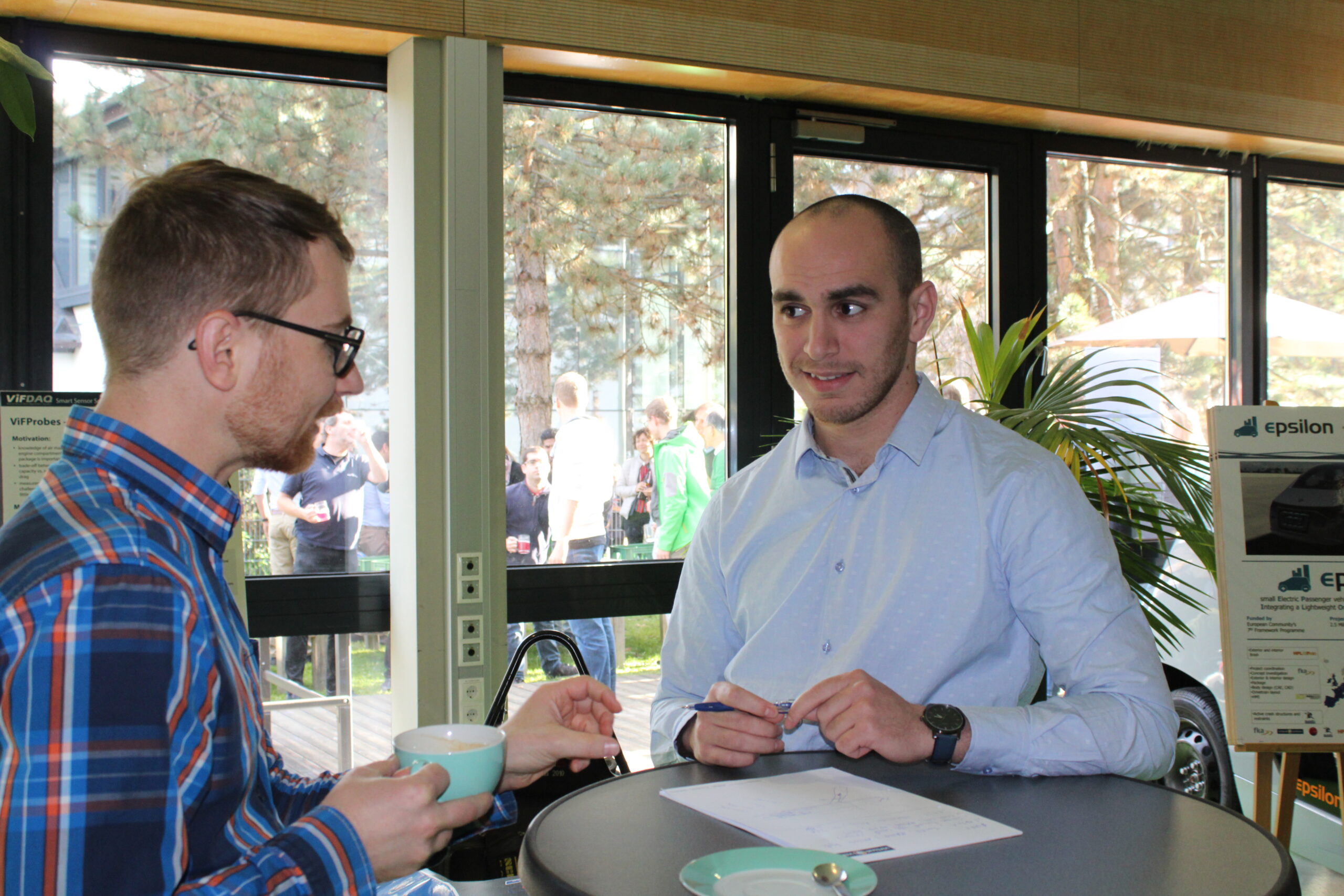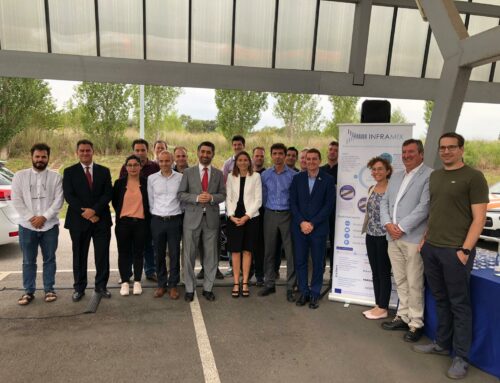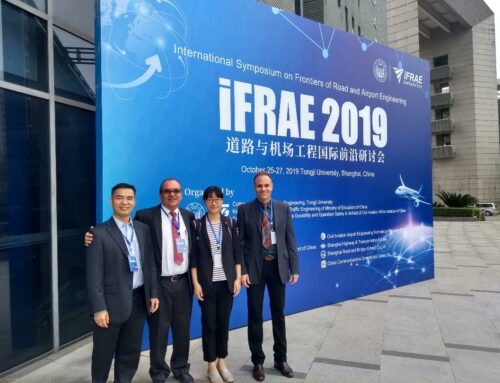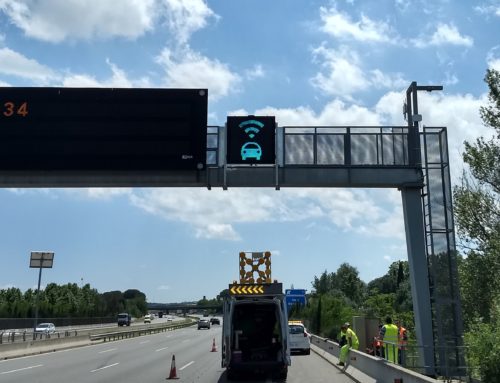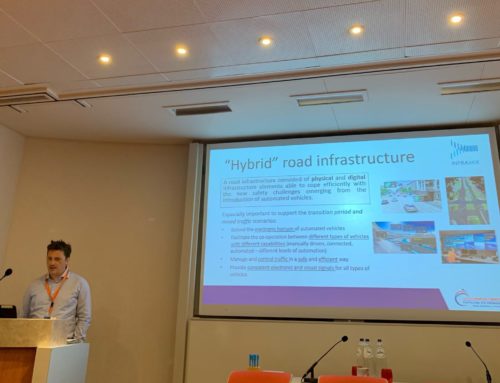Occasioned by the recently published paper entitled as “Analysis and initial observations on varying penetration rates of automated vehicles in mixed traffic flow utilizing sumo.” ( Berrazouane Mohamed, Tong Kailin, Solmaz Selim, Kiers Martijn, and Erhart Jacqueline) which was presented in the 8th IEEE International Conference on Connected Vehicles and Expo (ICCVE), in Graz, Austria, in November 2019, we interviewed Mohamed Berrazouane to find out more.
What is your dissertation about?
We tried to find out what this thesis address and in which way it is linked to the INFRAMIX project. As Mohamed highlighted, one of the main goals of INFRAMIX is to understand the potential problems engendered from hosting a mixed-traffic within the actual road infrastructure. This last requires extensive simulative analysis with a high level of realism. Therefore, the modeling of manual driving vehicles must be derived from real traffic flow data. “This thesis addresses that specific part of the project, where the traffic modeling conventional vehicles is calibrated to replicate the same human drivers’ behavior noticed at the investigated road segments based on single-vehicle measurements collected by the Austrian toll operator ASFINAG. This work does not only define the optimal parameterization that mimics both longitudinal and lateral movements of human drivers within a simulated flow, yet also models the traffic flow characteristics observed in-situ.”, he added.
What did you find interesting about INFRAMIX?
Regarding his special interest on INFRAMIX, Mohamed explained: “The high level of realism the project is reaching through both sub-microscopic simulation and hybrid testing is a concretization of what will the road infrastructure need to host in the near future. This projection enables us to anticipate the problems that may arise from such a change in traffic composition and develop new solutions that will support the road infrastructure along this transitional period. This jump into the future is what I like the most about the project, aiming to foresee the problems and overpass them way before they occur is what I find very passionate about the INFRAMIX project.”.
What was the biggest challenge?
Continuing, we asked Mohamed to mention the biggest challenge he faced. As he explained, the difficulty lays in how human drivers should be modeled, as the nature of their behavior is so complex and can drastically change from a person to another as well as within different driving conditions. Therefore, the most critical periods had to be selected and the used driver models had to be parameterized to represent a distribution of behaviors ranging from the very slow driver to the fastest ones while covering multiple vehicle types (e.g. passenger cars, trucks, motorcycles…etc).
How do you think your dissertation will help INFRAMIX and connected road infrastructure after the end of the project?
Concluding, Mohamed underlined the added value this thesis develops for INFRAMIX and connected road infrastructure in general. “In most of the relevant research work in this field, modeling of manual driving flow was not derived from real traffic flow data, which leads to a lack of realism. Also, less importance was attached to the lane change behavior in these studies, even while these lateral movements have a significant impact on the overall fluidity at different road segments. This dissertation aims to fill that gap and ensure a high level of realism within the project’s simulative analysis in order to increase the reliability of the INFRAMIX findings.”. Closing, he mentioned “The results of this thesis were then used to evaluate whether the introduction of AVs at different penetration rates in the actual traffic flow has a positive impact on the road infrastructure capacity or not in the below-mentioned paper as part of the INFRAMIX project. Moreover, this configuration can also be utilized to analyze or develop new traffic control measures and strategies while minimizing both costs and risks.”.
You can read the full paper here: Berrazouane Mohamed, Tong Kailin, Solmaz Selim, Kiers Martijn, and Erhart Jacqueline, “Analysis and initial observations on varying penetration rates of automated vehicles in mixed traffic flow utilizing sumo.”, 8th IEEE International Conference on Connected Vehicles and Expo (ICCVE), Graz, Austria, November 2019.

